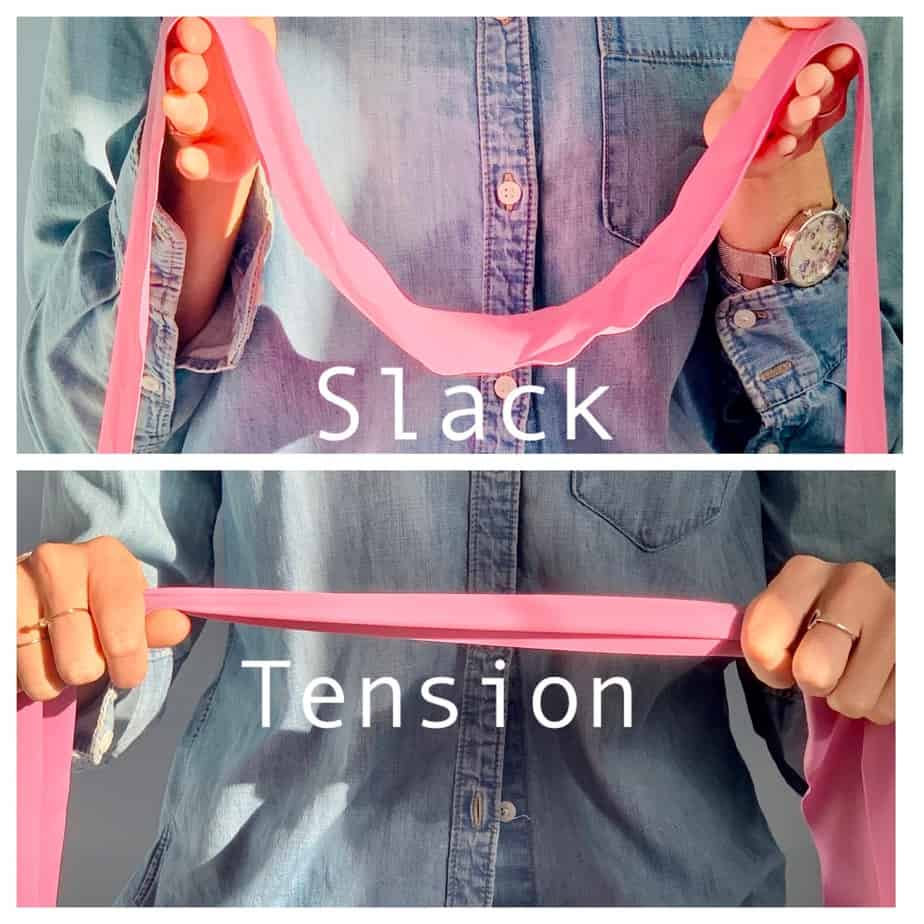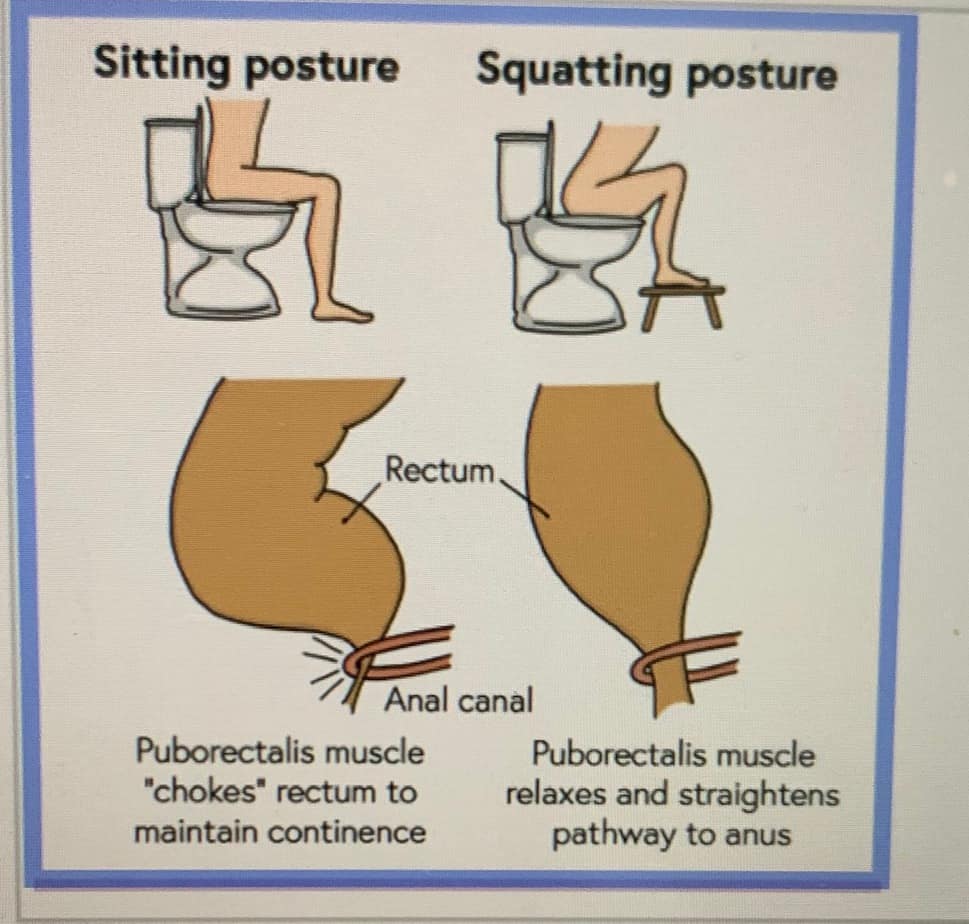Traffic Jam

Ever sit in a traffic jam with cars moving at a sluggish pace and cars resorting to taking the hard shoulder to get past? Congestion builds up and a contorted 5 car across roadway replaces what should be a 3 lane highway. The bottleneck back to 3 lanes causes more delays and congestion. This is a way to visualize what occurs with pelvic congestion syndrome (PCS) which can result from varicose veins in the pelvic region.
What is PCS?
Pelvic congestion syndrome can affect both men and women and lead to chronic pelvic pain. 4-16% of women live with chronic pelvic pain. Up to 30% of them are thought to have pelvic congestion syndrome if other diagnoses are ruled out.
Risk Factors and Symptoms
Risk factors in developing pelvic congestion include multiple pregnancies, pelvic surgeries, excess estrogen levels, and prolonged sitting and standing. Pelvic congestion can manifest as bowel or bladder changes, dull, achy, or sharp pelvic pain longer than 6 months, fullness in the legs and abdominal bloating. Some individuals can also present with hip pain or persistent genital arousal.
Diagnosis
PCS can be diagnosed through ultrasound, venography, CT scan, and/or laparoscopy. A venography is considered the gold standard. This procedure involves injecting a dye into the veins and taking an x-ray to determine their condition.
Treatment
PCS can be treated non-invasively through physical therapy using various types of manual techniques such as manual lymph drainage and/or visceral manipulation. Internal pelvic floor trigger point release can also be performed to help decrease pelvic pain. Treating internally and externally can provide improved outcomes. Other treatment techniques include relaxation breathing and gentle transversus abdominus activation, both of which aid in moving the swelling in the abdomen.
References
Gutvirtz G et al. Pelvic congestion syndrome: a current review. Pelviperineology 2018; 37: 14-16
Phillips D et al. Pelvic Congestion Syndrome: Etiology of Pain, Diagnosis, and Clinical Management. J Vasc Interv Radiol 2014; 25:725–733
Author: Roseanne Cruz Schoen, DPT
Editing: Keely Faridi, PT







